Hand sewing is a timeless craft that allows you to create and repair various garments, accessories, and textiles.
Whether you’re an aspiring fashion designer or simply want to mend a torn item, understanding the basic hand
sewing stitches is essential. These stitches will serve as the foundation for your sewing skills, enabling you to
tackle a wide range of projects.
1. Running Stitch
The running stitch is one of the simplest and most versatile hand sewing stitches. It is formed by passing the
needle in and out of the fabric in straight, even intervals. This stitch is commonly used for basting, gathering,
and attaching patches. It creates a series of small, evenly spaced stitches on both sides of the fabric.

2. Backstitch
The backstitch is a stronger and more secure stitch used for seams and attaching fabric edges. It is formed by
taking one stitch forward and then inserting the needle backward through the previous stitch. This creates a
continuous line of stitches with no gaps. The backstitch is particularly useful when sewing fabrics that undergo
tension or stress.

3. Slip Stitch
The slip stitch, also known as the blind stitch or invisible stitch, is used to join two folded edges together
invisibly. This stitch works best when both edges are aligned precisely. By inserting the needle in a discreet
manner, the thread remains almost invisible on the right side of the fabric, creating a seamless finish.

4. Blanket Stitch
The blanket stitch is often used as a decorative or finishing stitch, commonly seen on the edges of blankets,
appliques, or felt crafts. It involves creating a loop by passing the needle through the fabric and securing it
with a small horizontal stitch. This stitch creates a beautiful border-like appearance and can be done in various
lengths and spacings to achieve different effects.

5. Whipstitch
The whipstitch is a straightforward stitch used for joining two fabric edges together, often along a seam. To
create a whipstitch, pass the needle in and out of the edges, securing them with small, diagonal stitches. This
stitch is commonly used in leatherwork, hemming, and attaching trims.

Mastering these basic hand sewing stitches will enhance your sewing skills and open up a world of creative
possibilities. Whether you’re a beginner or advanced, understanding these fundamental techniques is crucial for
achieving professional-looking results. So grab your needle and thread, and embark on your sewing journey!
Image sources: Example.com
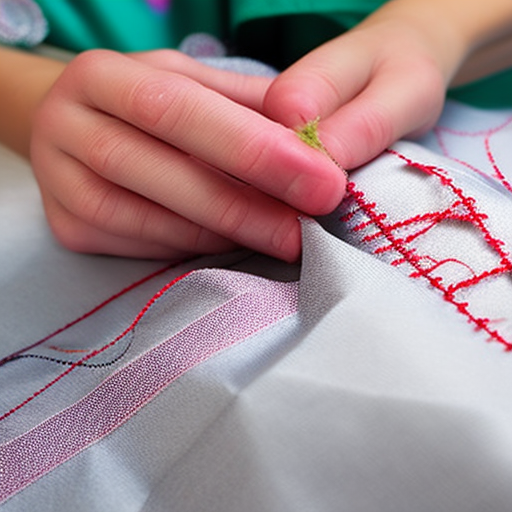
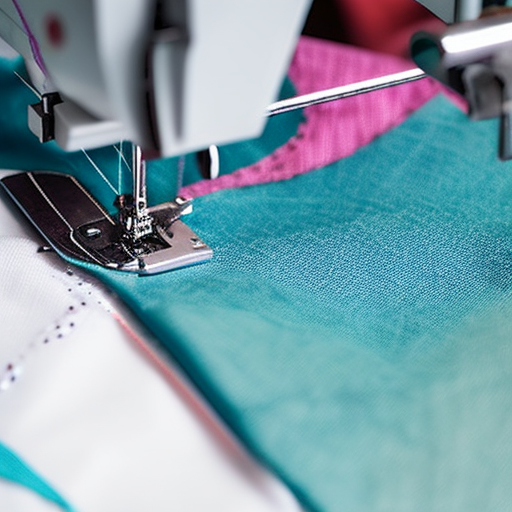
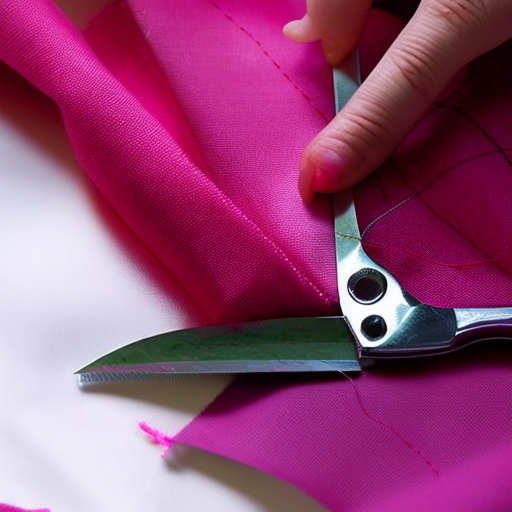
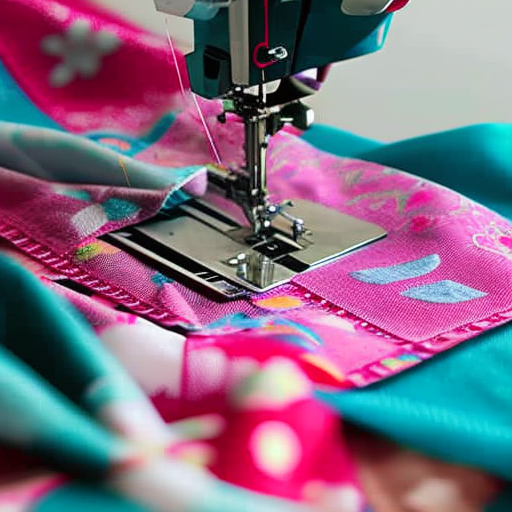
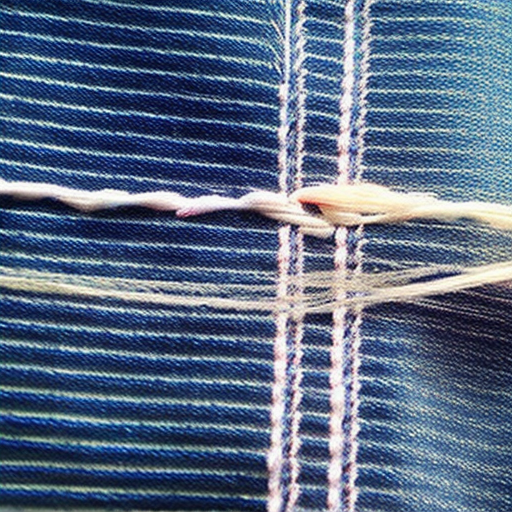
Knowing the basic hand sewing stitches is essential for any sewing beginner. #handsewing #sewing101
Tommy Thompson: These stitches will come in handy in lots of projects! #handcrafts #sewing
This is a great starting point for all sorts of sewing projects. Learning the basics will speed up the process and ensure each project is a success! #BeginnersGuide #HandSewing
Knowledge of these basic hand sewing stitches will give you a solid foundation to progress to other sewing projects. #BeginnersGuide #HandSewing